What would the user experience be for the future shopping cart? Would we as consumers ever step into a store? Or would we open our phone and access the store through a portal. Would algorithms automatically buy things for us, with it being our job to stop them if we don't want those items. Through this project, I want to explore the interaction, experience, and physicality/materialistic qualities of the future shopping experience, for both the users and the algorithms. What does a shopping experience look like when you never have to step out of the house, decisions are made for you, and drones deliver everything you purchase?
This project is in its very early stages, and I will be adding to this page as it evolves!
Bellow is an early affinity map exploring the current ways to shop and some initial ideas of how a future shopping experience could be carried out.
Self guided project.
Specification: Creative technology, VUI, AR, UX
Execution: tbd
Things in bold are key points
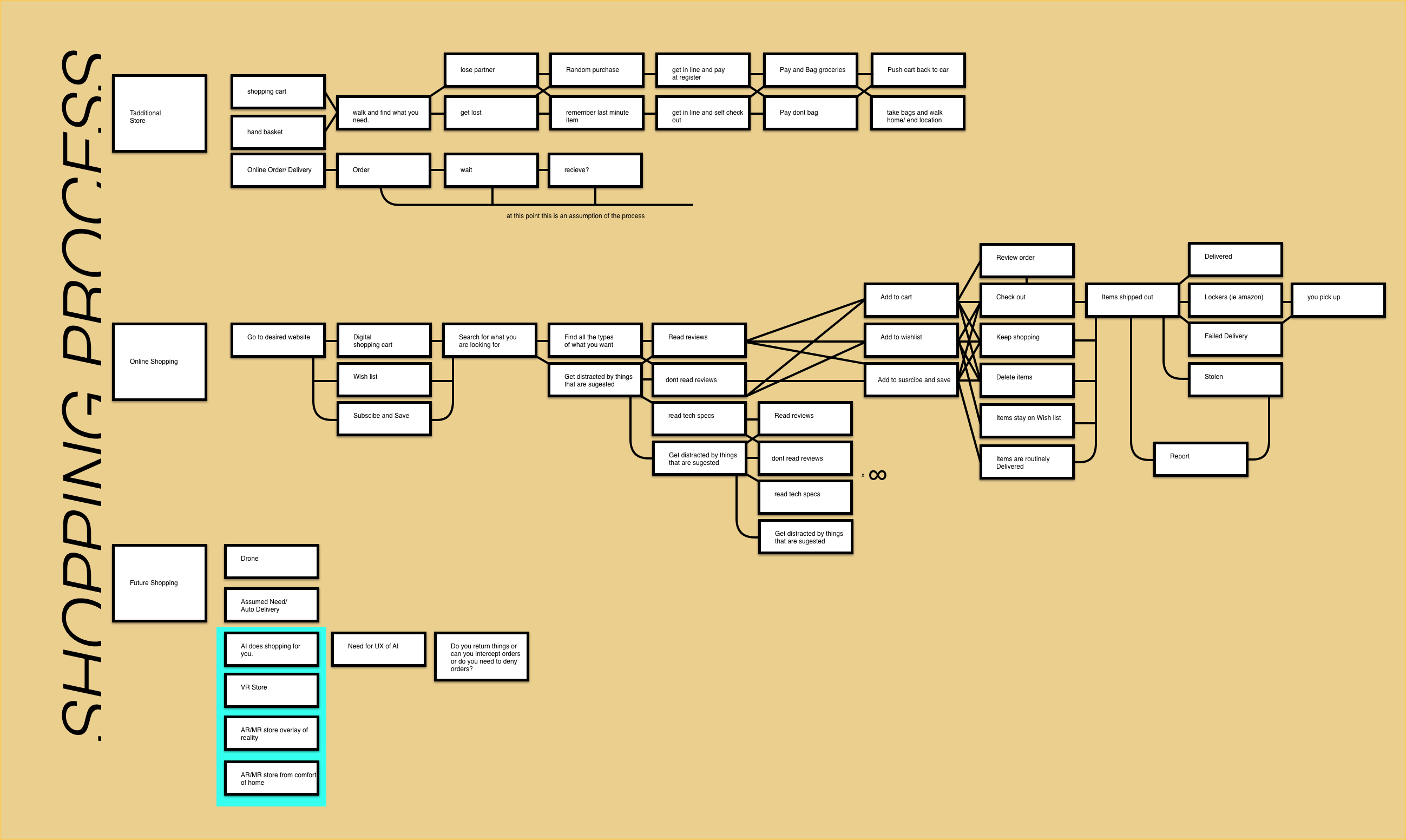
While I have been mind mapping out current norms of digital shopping and starting to develop future processes of it, I have started to research popular online shopping venues. I began with three companies, Amazon, Ralphs Mobile, and Trim, and have been reverse wireframing their sites/apps to find similarities, unique aspects that make their service more successful in delivering a better user experience, and possible aspects that might evolve over time. As the project progresses I will add to the list of shopping sites/platforms.
By examining the user experience design of these online sites/ apps it becomes possible to explore a probable future of online shopping and user experience of that shopping experience. Trim, I think shines a light on what could become a future structure for the shopping experience. What if items you buy normally, weekly, or monthly are just assumed and purchased on your behalf, and all that you as a shopper has to do is review incoming text messages. In a sense, many pharmacies already implement a system like this. Kaiser Permanente will mail you all of your prescriptions every month. A hand full of my past colleagues in the VFX industry would have loved a system like this. Long hours, especially during crunch times, forced them to buy new clothes rather than them having to choose sleep over spending the time doing laundry.
Amazon is already redefining how everyone shops, and will most likely continue to for quite some time. The online shopping site has transformed how people purchase goods of all kinds. People that once would physically visit a shop, instead now order items at will with the expectation of free returns and fast deliveries.
Ralphs, a traditional grocery chain owned by Kroger, has its own mobile app that allows users to shop for anything they carry. The shoppers have the options of in-store pickups, curbside delivery, or even to pay for direct door delivery.
Trim is not a shopping app/website, however, it is a very new way of going about saving money. By signing up and giving the company access to your bank account and other subscription services, they use artificial intelligence algorithms to explore and manage how you could save money. In exchange for their services, they collect 33% of what they save you. They manage your modern shopping carts in a sense. Services and reoccurring purchases are monitored and even renegotiated by their algorithms. They are unclear if this is flagged by the algorithm and then later negotiated over the phone by a person or another algorithm. This is all carried out by them, with no user actions needed. They inform you of what they are doing step by step through either text messages or facebook messenger.
Most recently, Instagram implemented in-app purchasing. I have started to explore this and how it is implemented. As it becomes more used I will continue to further deconstruct it. From my initial interactions with it, the features are quite different from anything else out there. (other than maybe snapchats scan and find feature, but I haven’t looked into that) Any user of Instagram can add a credit card to their account and directly from the app find items within selected photos shop from the app without ever leaving the app. Once an item has been selected, size and color are chosen, Instagram then uses your stored credit card to make the purchase from the retailer on your behalf. I think this feature is going to grow much bigger and expand to other platforms. As well as seeing more use of artificial intelligence being integrated into platforms like this.
>>To the right are the beginning wireframe deconstructions of their sites/ apps. I will be continuing to explore this while continuing mind mapping and beginning to take user polls via social media and possible in-person interviews.
I am currently running several rounds of user polls using Facebook polls, Instagram, and possibly a third outlet. Once I have a bit more of a solid amount of user feedback ill post the findings and analysis.
From my findings and deconstructions, I have started to further speculate what a possible shopping experience would be like if an algorithm were to automatically shop for you based on your past shopping habits, social media usage, and internet searches. Bellow is a continuation of the original affinity map above. I will continue to update this as it evolves.
By examining the user experience design of these online sites/ apps it becomes possible to explore a probable future of online shopping and user experience of that shopping experience. Trim, I think shines a light on what could become a future structure for the shopping experience. What if items you buy normally, weekly, or monthly are just assumed and purchased on your behalf, and all that you as a shopper has to do is review incoming text messages. In a sense, many pharmacies already implement a system like this. Kaiser Permanente will mail you all of your prescriptions every month. A hand full of my past colleagues in the VFX industry would have loved a system like this. Long hours, especially during crunch times, forced them to buy new clothes rather than them having to choose sleep over spending the time doing laundry.
Amazon is already redefining how everyone shops, and will most likely continue to for quite some time. The online shopping site has transformed how people purchase goods of all kinds. People that once would physically visit a shop, instead now order items at will with the expectation of free returns and fast deliveries.
Ralphs, a traditional grocery chain owned by Kroger, has its own mobile app that allows users to shop for anything they carry. The shoppers have the options of in-store pickups, curbside delivery, or even to pay for direct door delivery.
Trim is not a shopping app/website, however, it is a very new way of going about saving money. By signing up and giving the company access to your bank account and other subscription services, they use artificial intelligence algorithms to explore and manage how you could save money. In exchange for their services, they collect 33% of what they save you. They manage your modern shopping carts in a sense. Services and reoccurring purchases are monitored and even renegotiated by their algorithms. They are unclear if this is flagged by the algorithm and then later negotiated over the phone by a person or another algorithm. This is all carried out by them, with no user actions needed. They inform you of what they are doing step by step through either text messages or facebook messenger.
Most recently, Instagram implemented in-app purchasing. I have started to explore this and how it is implemented. As it becomes more used I will continue to further deconstruct it. From my initial interactions with it, the features are quite different from anything else out there. (other than maybe snapchats scan and find feature, but I haven’t looked into that) Any user of Instagram can add a credit card to their account and directly from the app find items within selected photos shop from the app without ever leaving the app. Once an item has been selected, size and color are chosen, Instagram then uses your stored credit card to make the purchase from the retailer on your behalf. I think this feature is going to grow much bigger and expand to other platforms. As well as seeing more use of artificial intelligence being integrated into platforms like this.
>>To the right are the beginning wireframe deconstructions of their sites/ apps. I will be continuing to explore this while continuing mind mapping and beginning to take user polls via social media and possible in-person interviews.
I am currently running several rounds of user polls using Facebook polls, Instagram, and possibly a third outlet. Once I have a bit more of a solid amount of user feedback ill post the findings and analysis.
From my findings and deconstructions, I have started to further speculate what a possible shopping experience would be like if an algorithm were to automatically shop for you based on your past shopping habits, social media usage, and internet searches. Bellow is a continuation of the original affinity map above. I will continue to update this as it evolves.
Amazon
![]()
![]()
Ralphs
![]()
![]()
Trim
![]()
![]()
![]()
Instagram: ZARA
![]()
![]()
![]()


Ralphs
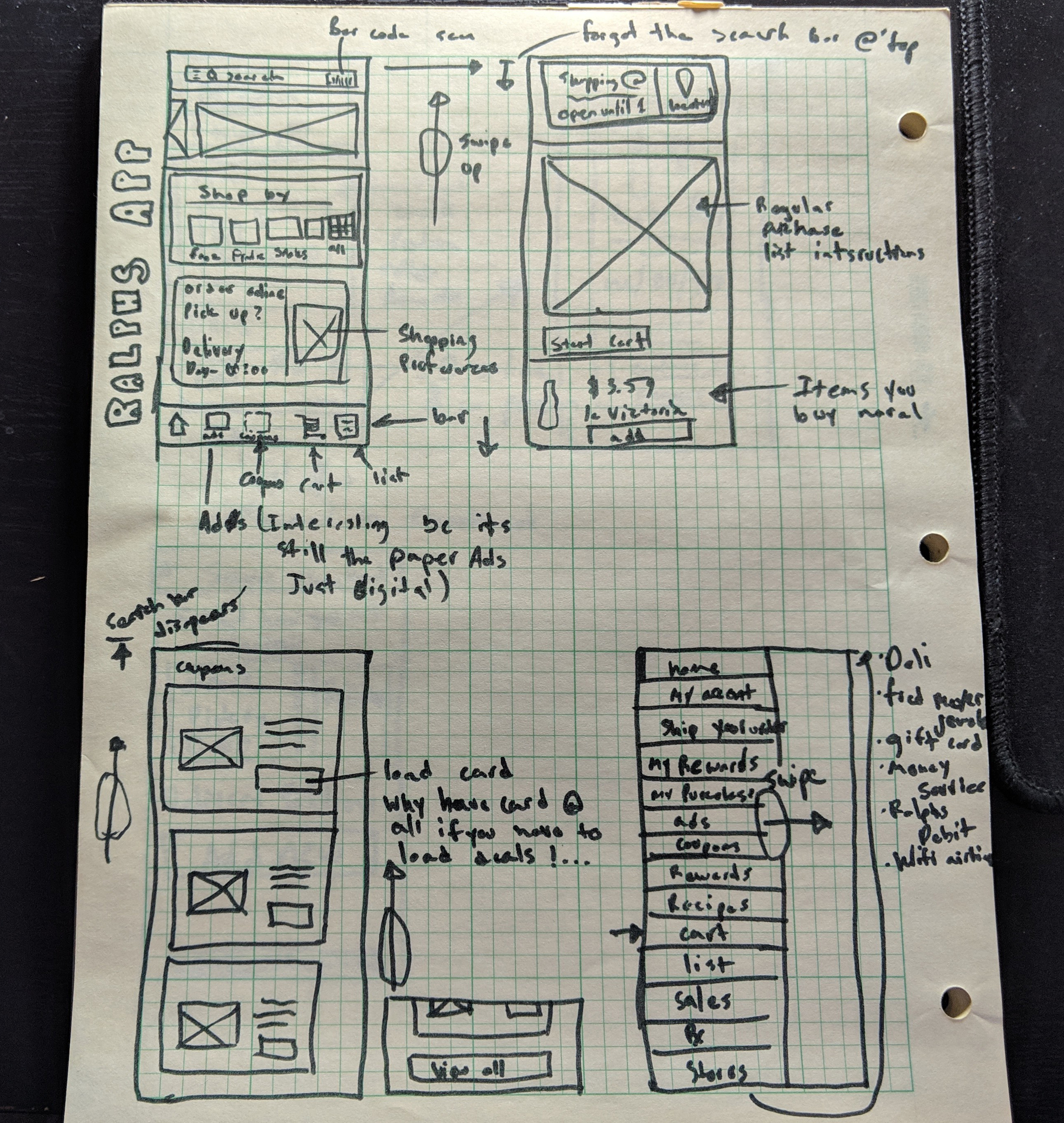

Trim


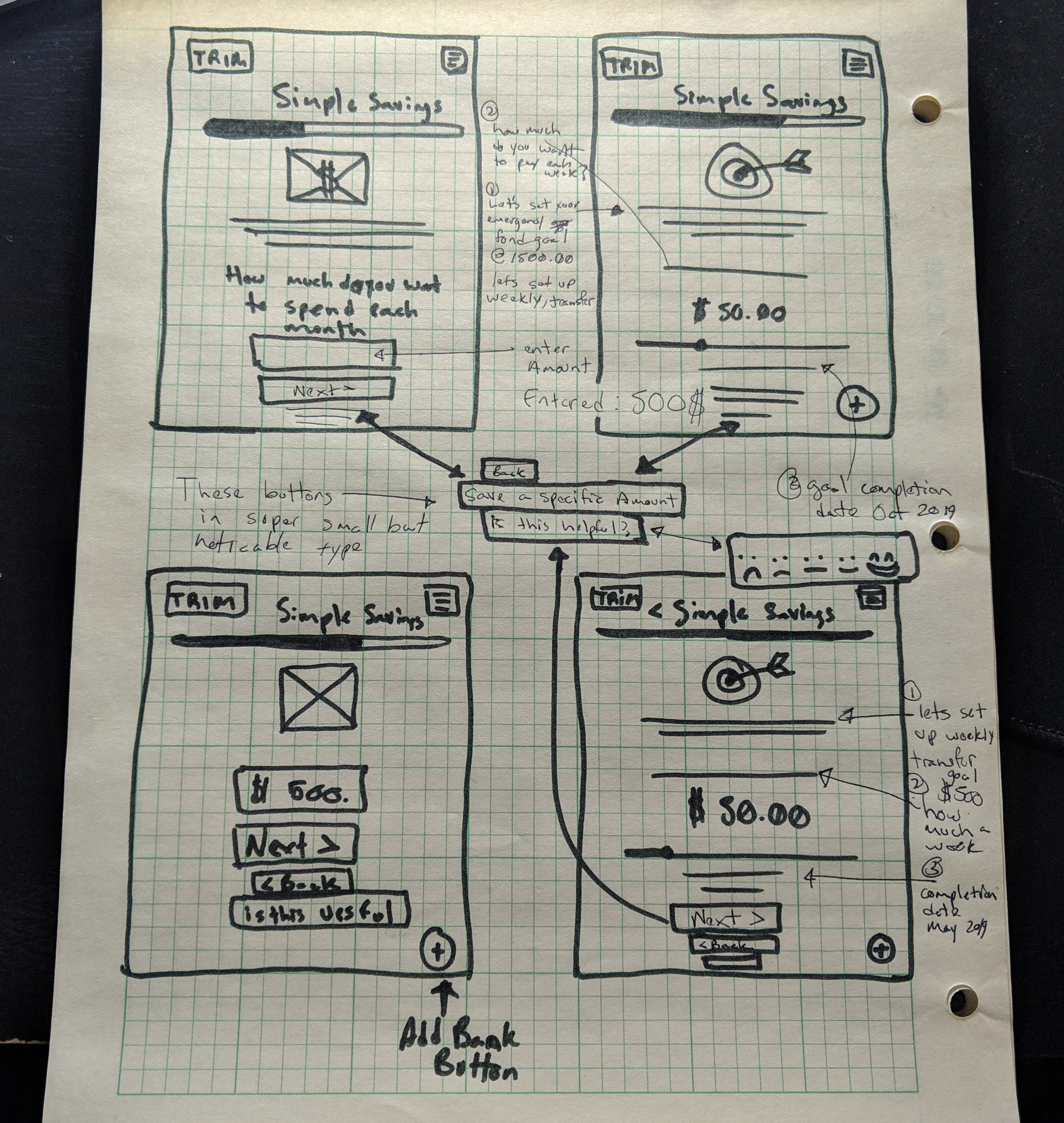
Instagram: ZARA
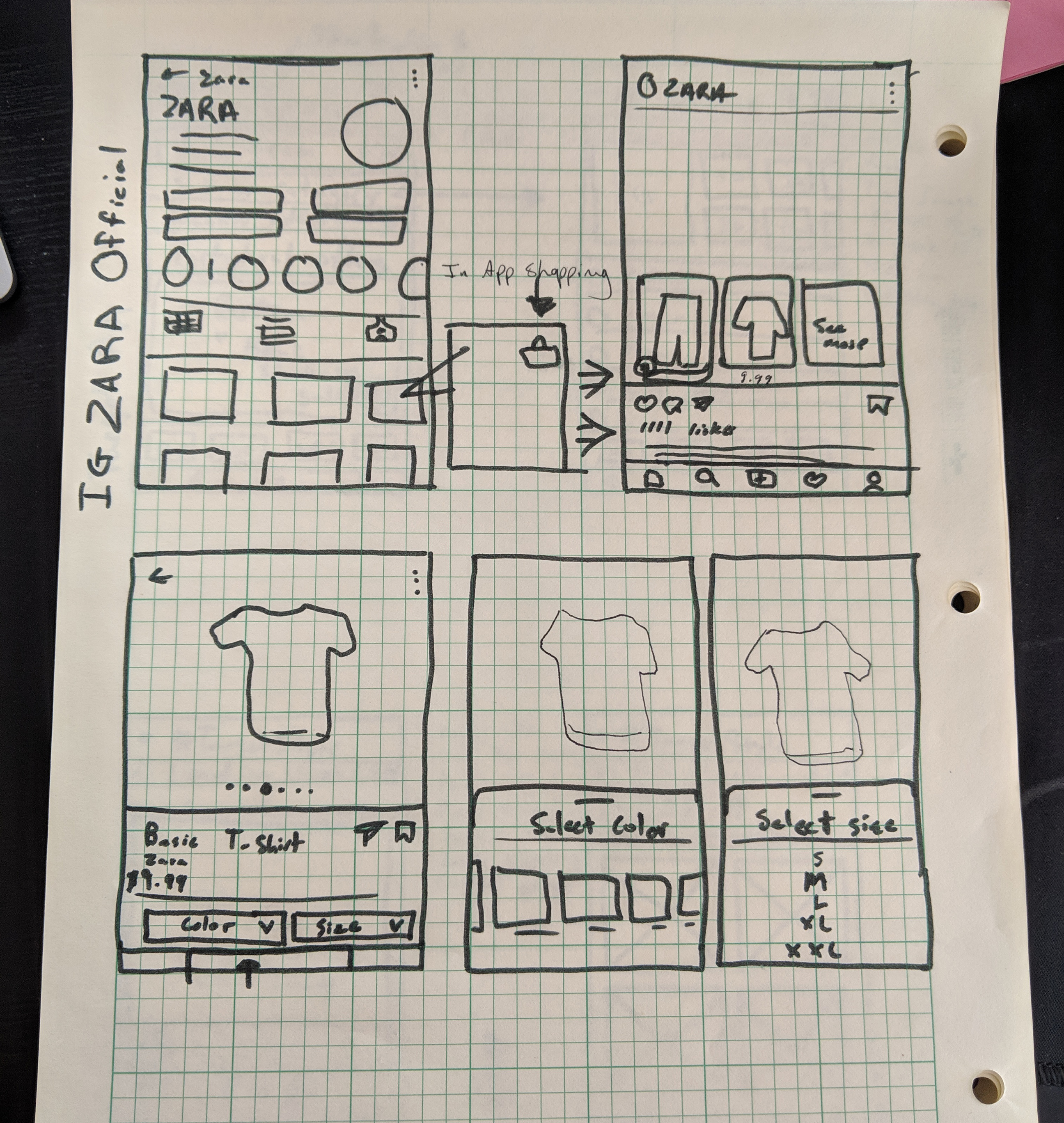
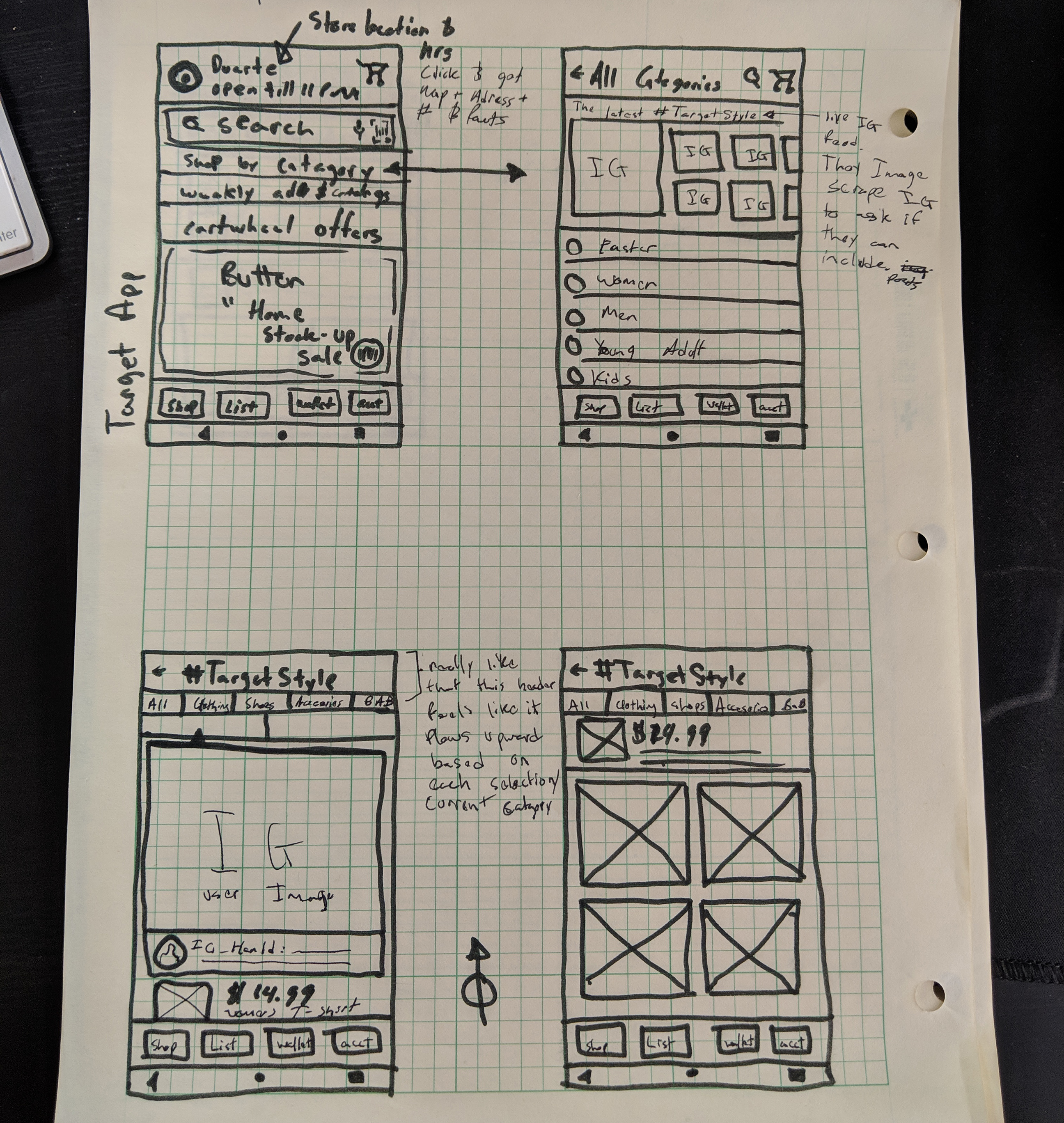
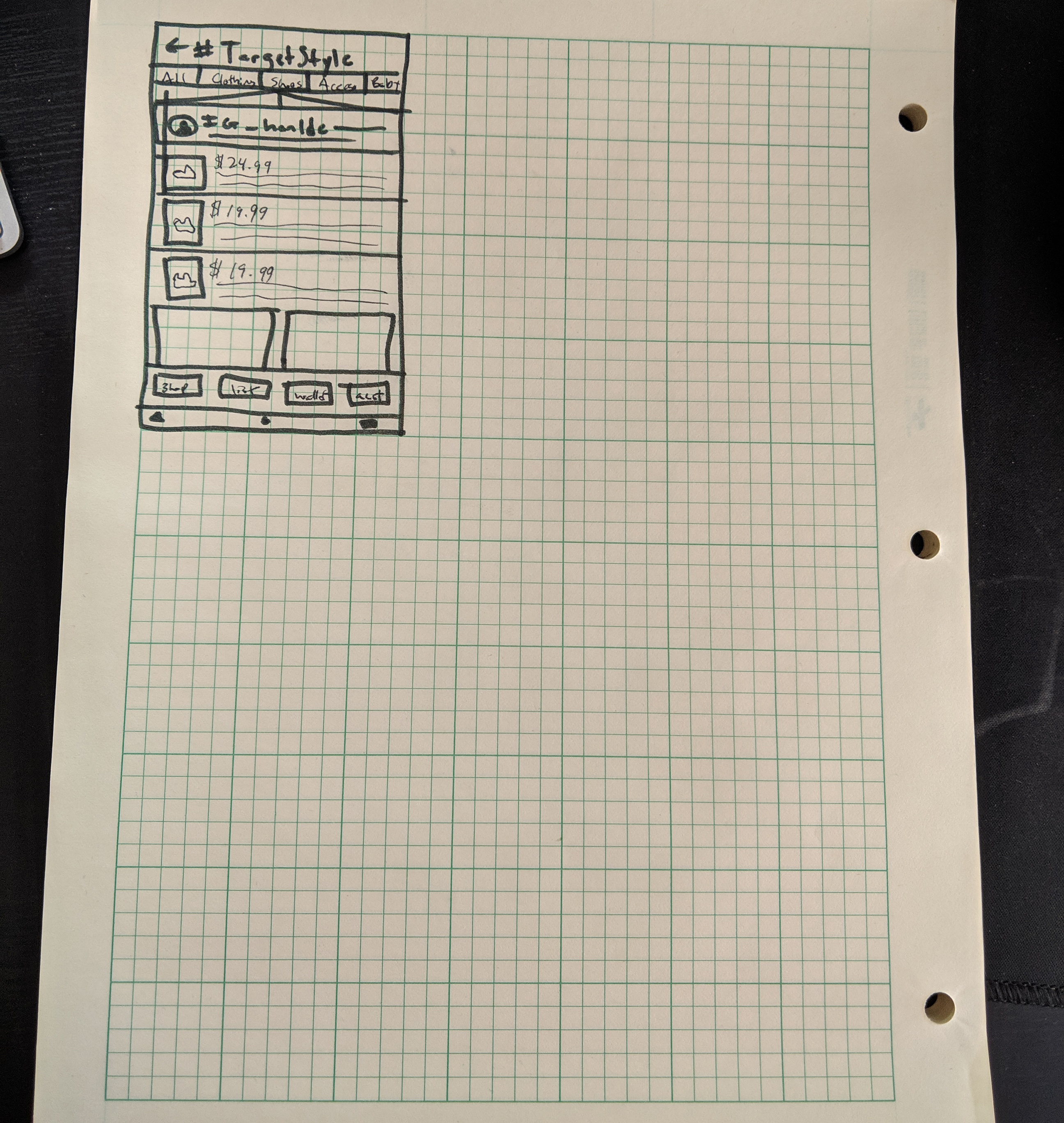
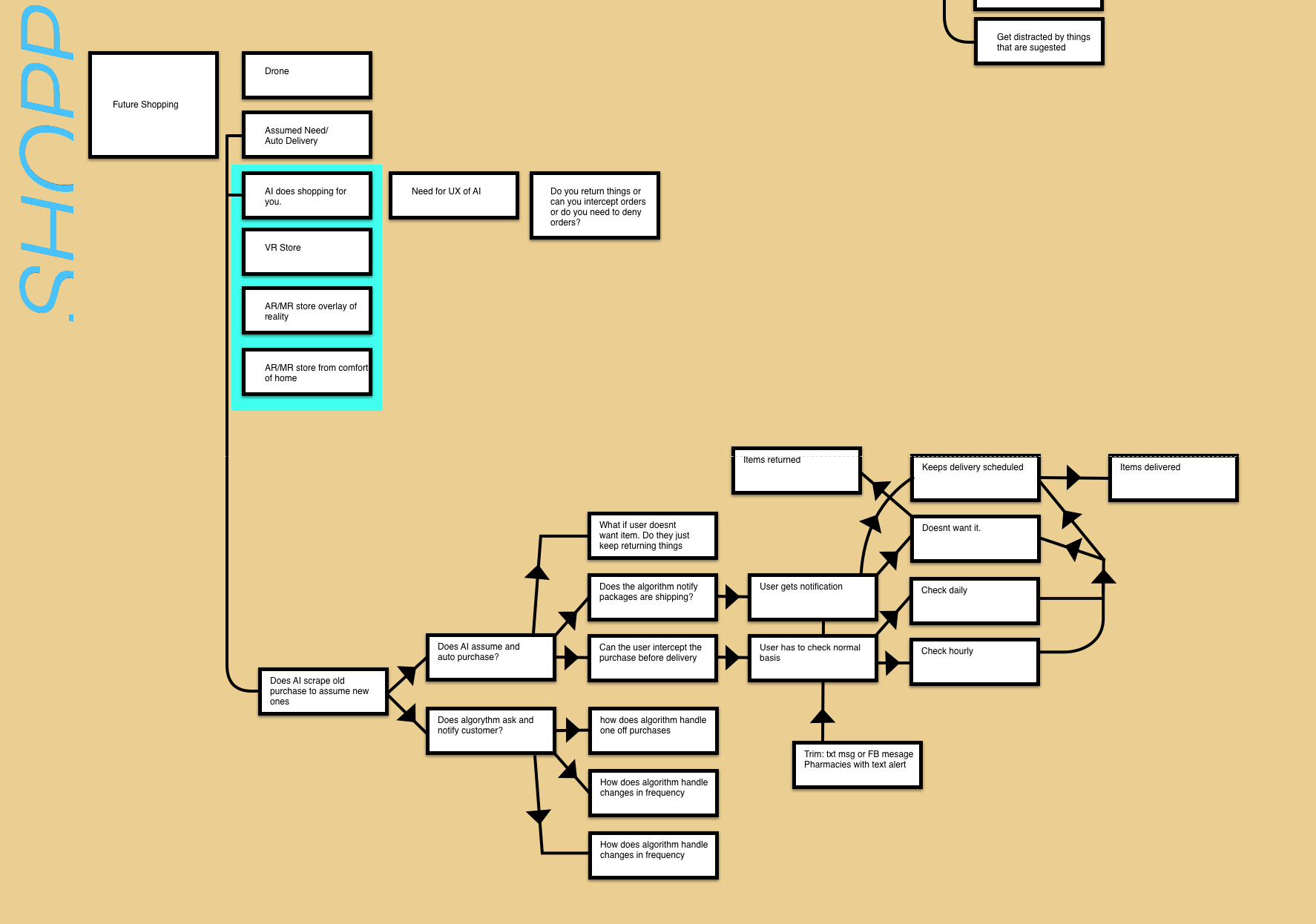
All works © Michael Milano 2010-2019. Please do not reproduce without the expressed written consent of Michael Milano.